The 5 best whole grain foods for insulin resistance
Kyiv • UNN
Whole grains help fight insulin resistance by improving blood sugar control, lowering cholesterol and increasing insulin sensitivity due to their high content of soluble fiber and beta-glucans.

Insulin resistance occurs when the body's cells ignore insulin or respond poorly to it. The website EatingWell, based on years of research by Western scientists, has compiled a list of whole-grain foods that can help fight insulin resistance.
Oats
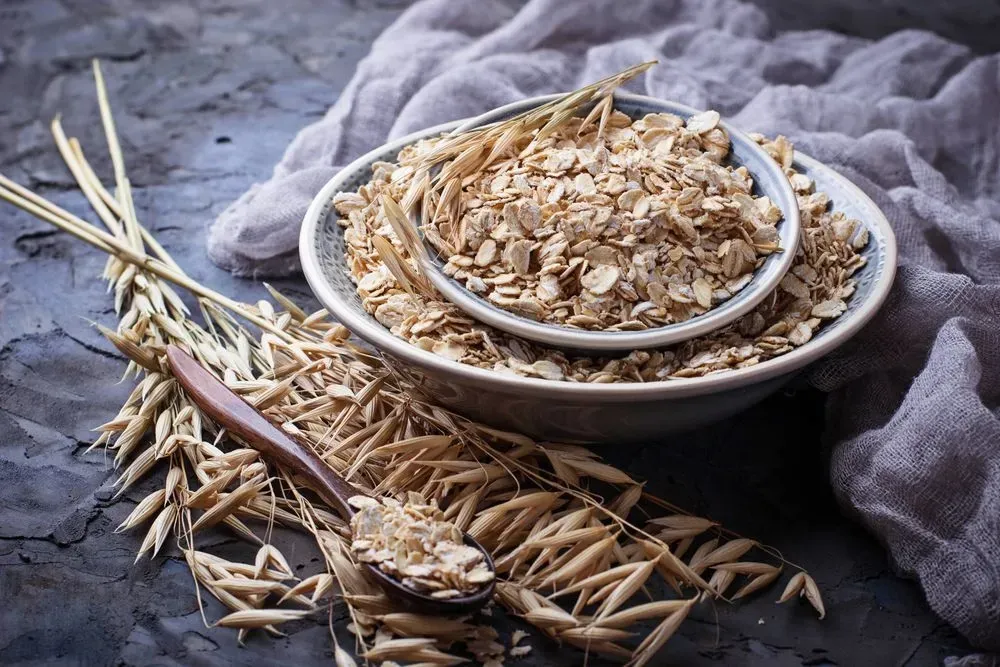
Oats are an excellent source of soluble fiber, especially beta-glucan, a type of soluble fiber that studies have shown to prevent blood sugar spikes, improve insulin sensitivity, and lower LDL cholesterol. A 2021 clinical study published in Journal of Functional Foods, also found that consuming 5 grams of beta-glucan from oats daily for 12 weeks significantly improved hemoglobin A1C levels, a marker of blood sugar control, for three months.
Beta-glucan also gives cooked oats a viscous and thick texture. Use oats as a binder in meat and vegetable casseroles. You can also use ground oats as breading.
Barley
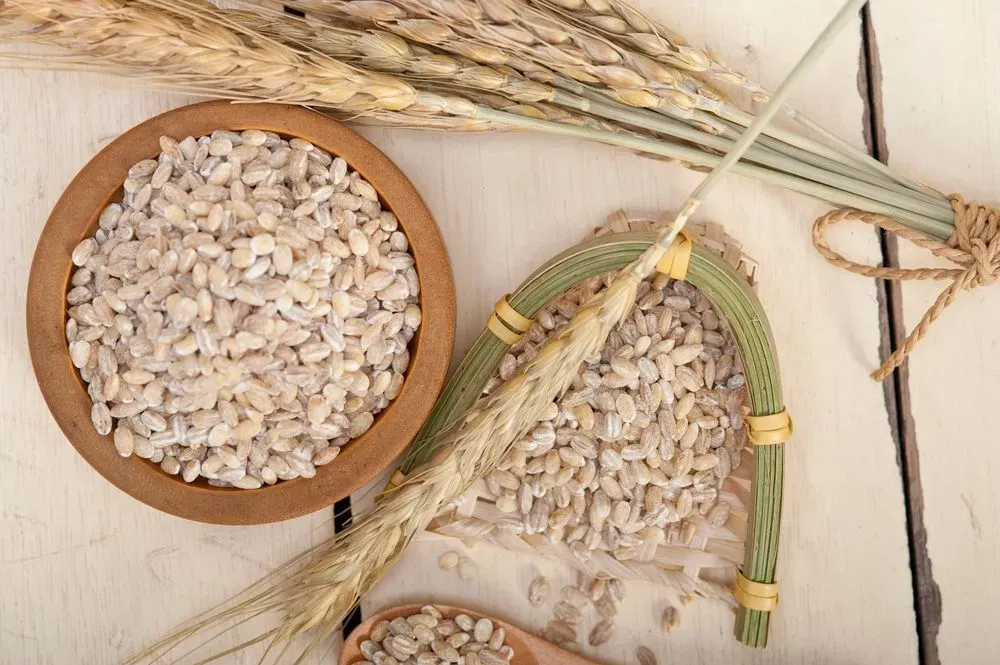
Barley is another whole grain rich in soluble fiber. According to one 2019 study published in the journal Food Science & Nutrition, the grain contains 5 grams of soluble fiber per 100-gram serving.
Like oats, barley also contains beta-glucan, which a study Clinical Nutrition Research in 2020 showed may have a positive effect on blood glucose levels after meals and improve insulin sensitivity.
Barley is an excellent side dish or hearty addition to porridge, soups, stews, salads and breakfasts.
Quinoa
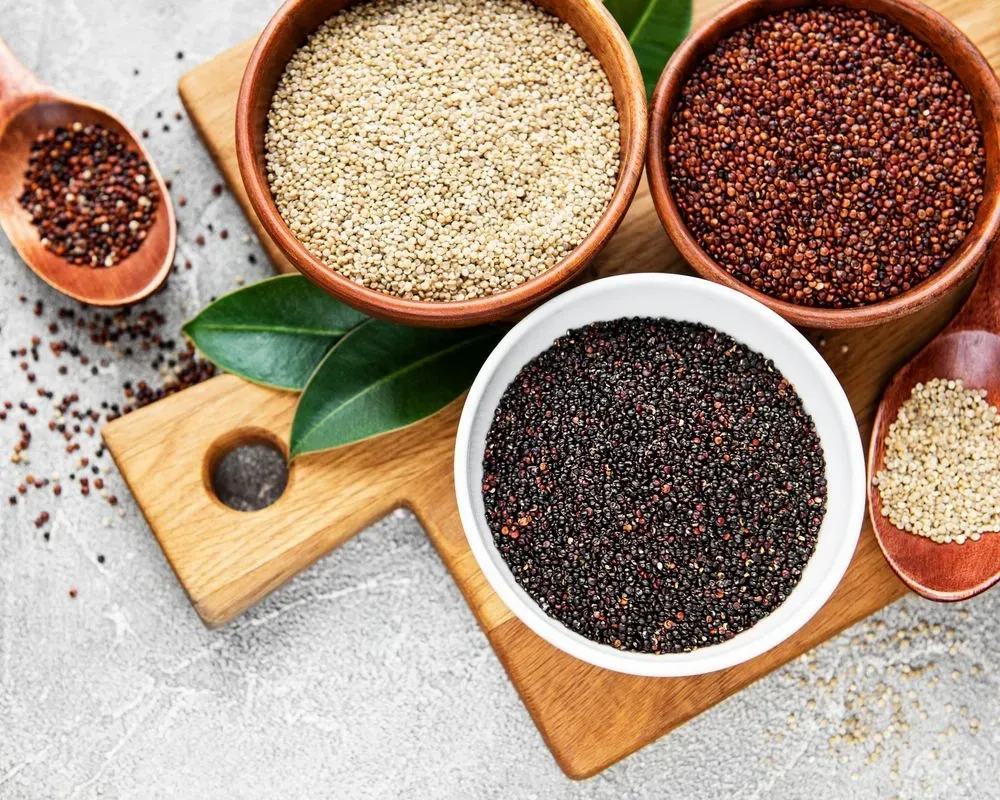
The 2023 study, published in the journal Frontiers in Physiology, involved 138 participants with impaired glucose intolerance who were randomly divided into a control group and a group that received quinoa as part of a one-year study. The researchers found that compared to the control group, those who consumed quinoa as a staple food had improved post-meal blood sugar levels and insulin sensitivity, and slowed the transition from impaired glucose tolerance to diabetes.
There are 10-16 grams of dietary fiber per 100 grams. Quinoa is also rich in protein, so you'll feel full longer because protein, like fiber, helps slow digestion.
Quinoa is suitable as a side dish, as a base for salads and casseroles, and as an ingredient for stir fry cooking. Because quinoa has a mild flavor, it can absorb the sweet notes of foods such as carrots, cinnamon, and raisins, or the savory notes of fresh herbs such as parsley and dill.
Buckwheat groats
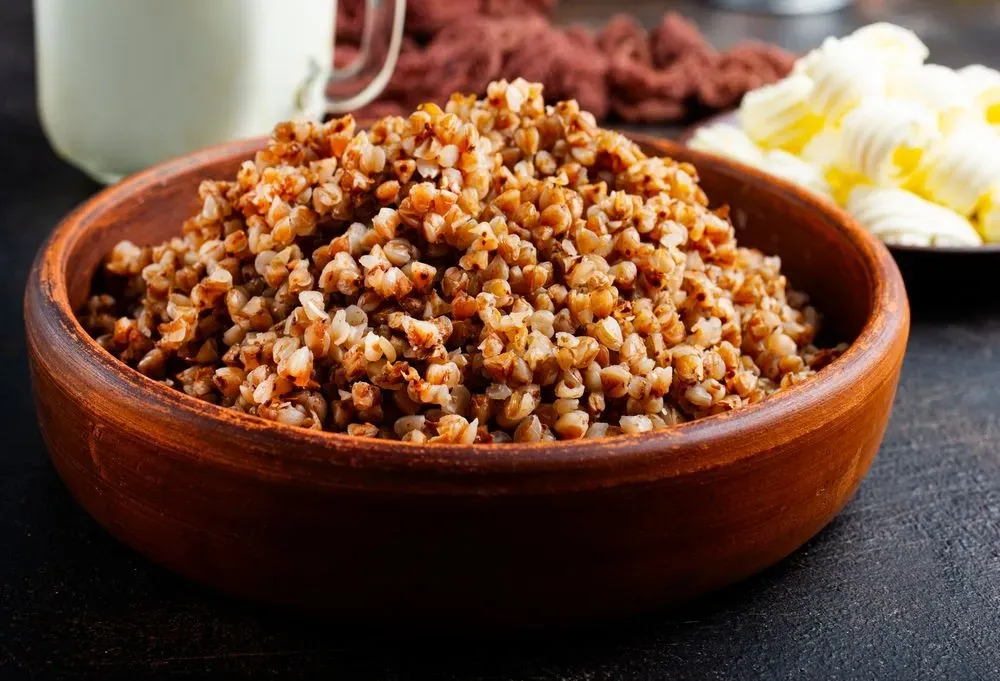
1 cup of cooked buckwheat groats contains almost 5 grams of fiber.
Including buckwheat groats in a balanced diet may prevent blood glucose spikes, improve insulin sensitivity and lower A1C, a 2023 review Food Science & Nutrition noted.
Another 2022 review published in Journal of Personalized Medicine, showed that regular consumption of buckwheat may also be associated with lower fasting blood glucose levels.
In addition to its traditional preparation as porridge, buckwheat groats can be added to granola, pancakes, salads, pilafs, risotto and meat dishes.
Brown rice
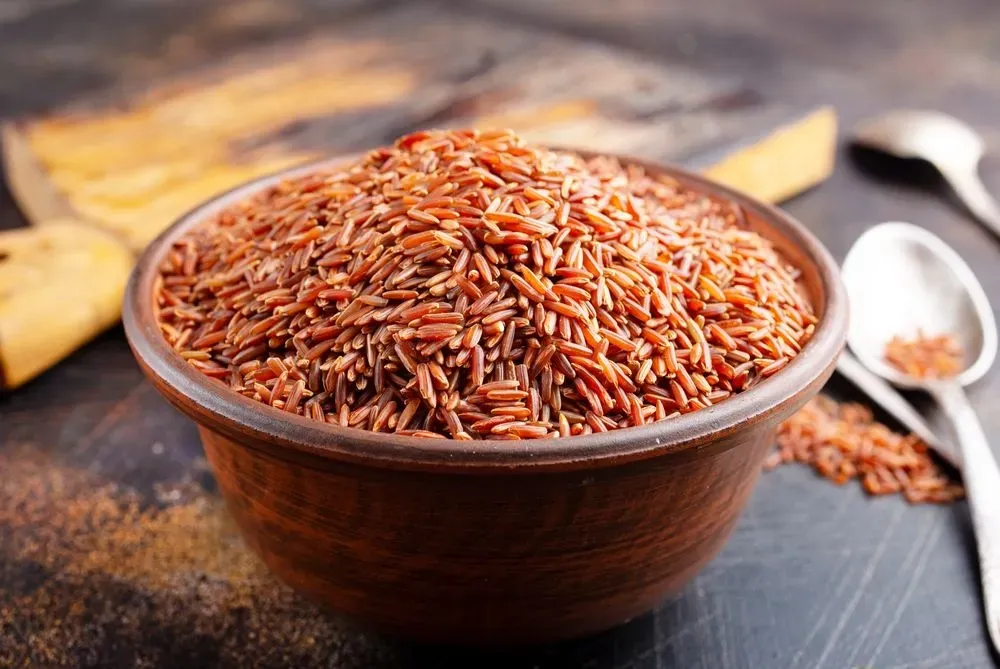
While rice often gets a bad reputation for raising blood sugar levels, there are reasons why brown rice made our list.
First, brown rice is a whole grain product with 3 grams of fiber per 1-cup serving.
Although eating brown rice does not appear to lower fasting blood sugar levels or improve A1C levels, it may help slow carbohydrate digestion and absorption, helping to lower post-meal glucose levels and improve insulin sensitivity, according to a 2022 Comprehensive review.
Brown rice is a versatile ingredient with a mild flavor. It can easily be used in place of the usual white polished rice.